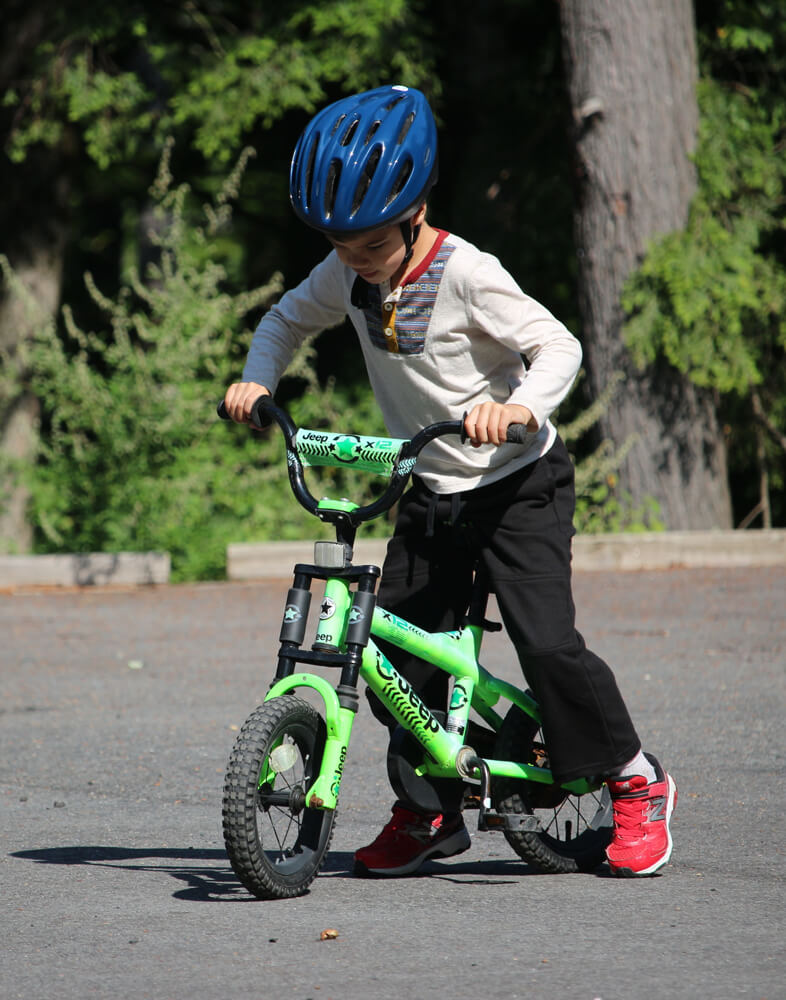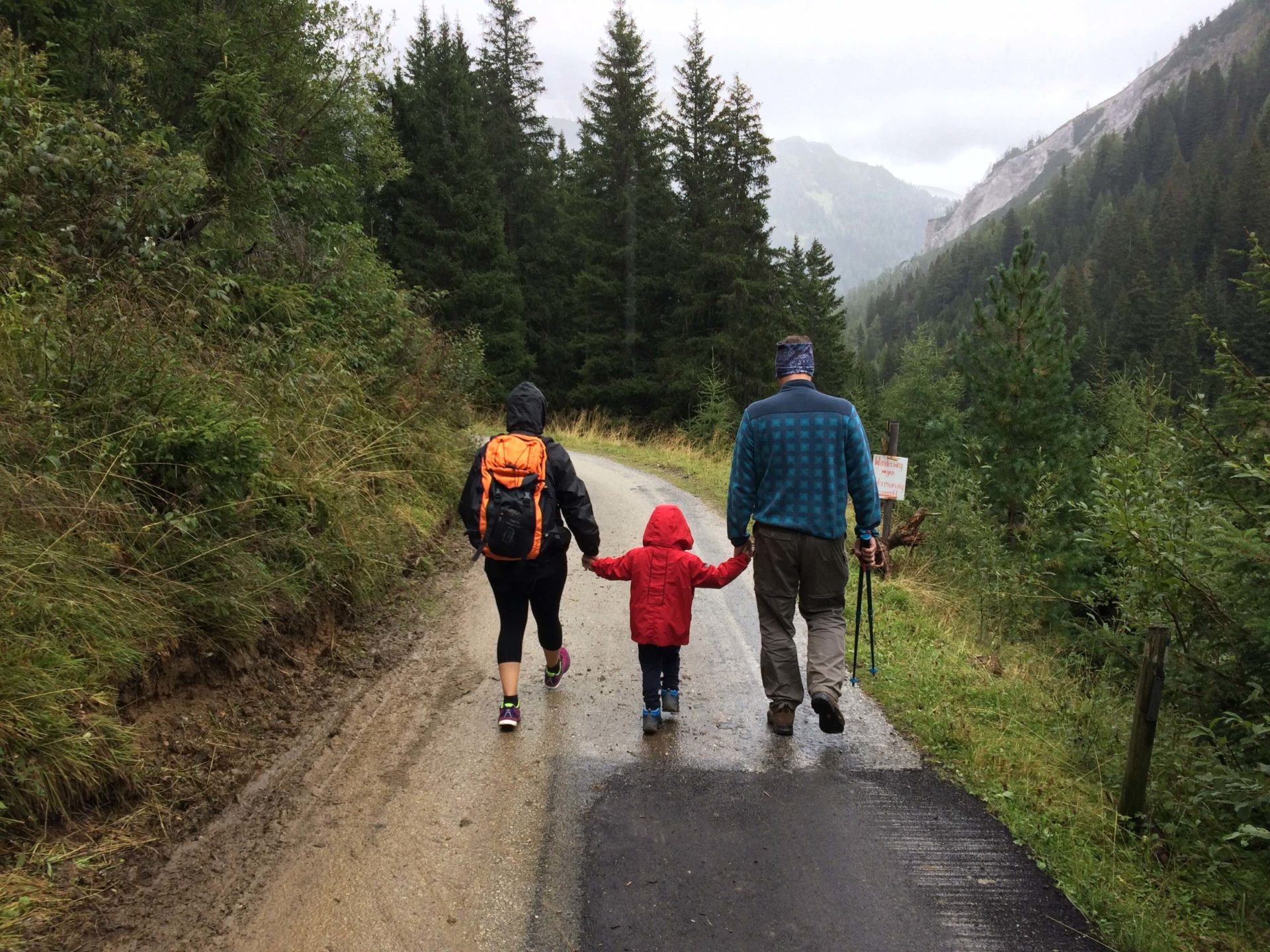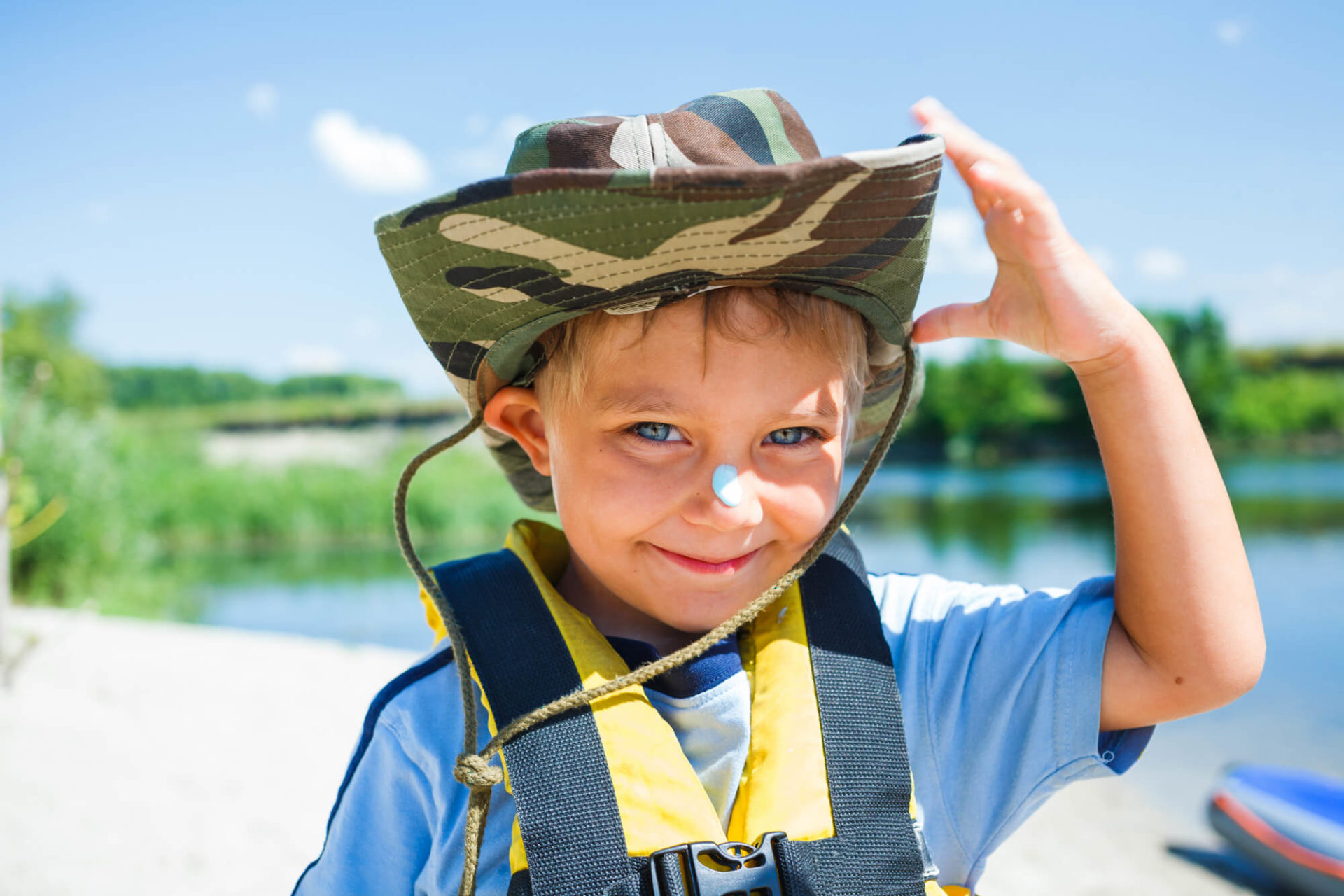There are many reasons to ride your bike. Do you enjoy getting outdoors, exercising, helping our environment or just having fun on two wheels? There are many trails and bike lanes that you can enjoy this summer, in Montana. While you want to have fun, you will also want to ensure that you are protected. Here are some quick tips for you.
- Wear a helmet. First, find a helmet that fits correctly and that meets the US Consumer Product Safety Commission’s standards. Correct fitting includes checking the eye position (look up and you should see the bottom rim of the helmet and the rim should be one to two finger-widths above the eyebrows); Make sure the straps of the helmet form a “V” under your ears when buckled with the strap being snug but comfortable and then open your mouth as wide as you can to make sure that the helmet is hugging your head.
- Be watchful and mindful of your surroundings. Keep an eye out for traffic, actively supervise children until you are comfortable that they are able to ride on their own. Ensure that they are aware of and use the proper hand signals for stopping and turning.
- Model proper use and teach good behaviors. Children learn from you and they will then model your behaviors. Teach your children how to make eye contact with drivers, stay to the right side of the road and stop, look left then right then left again before crossing a street.
- Be Bright, use lights. Ensure that you wear reflective clothing, ensure reflectors and lights on your bike are working and also use a headlamp at dusk, dawn and or in the evening.


